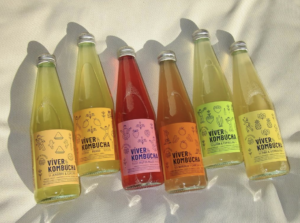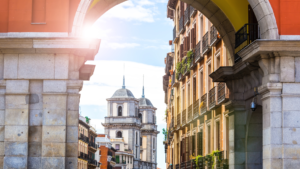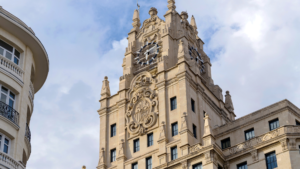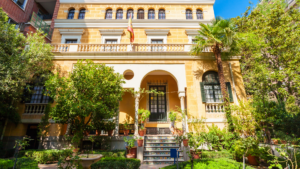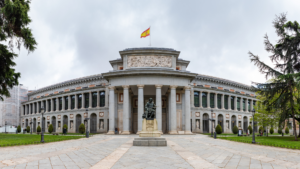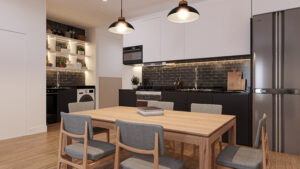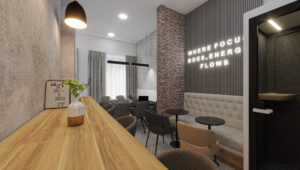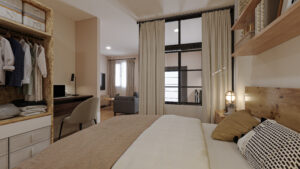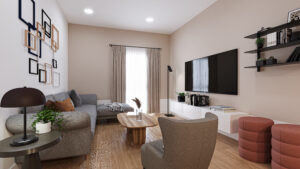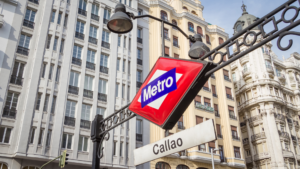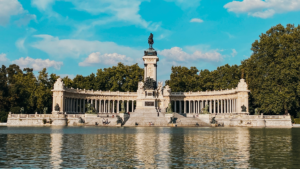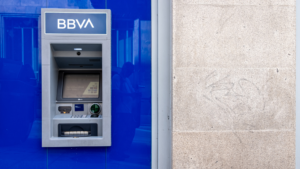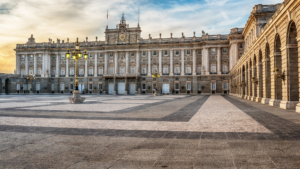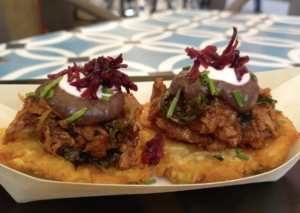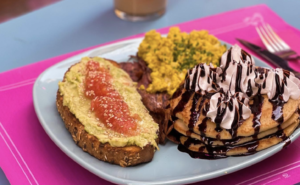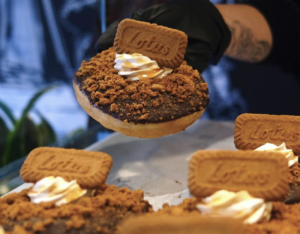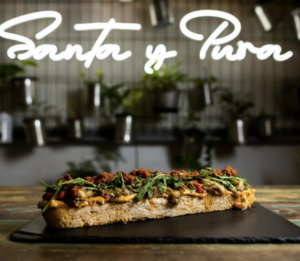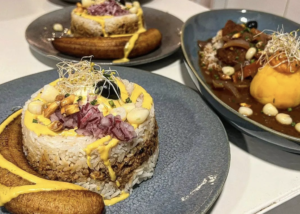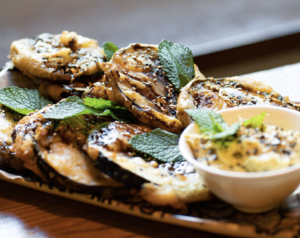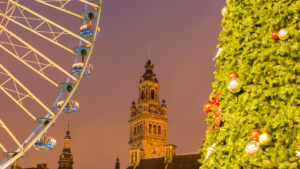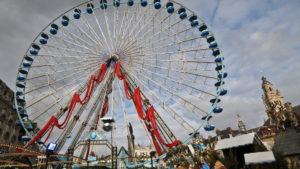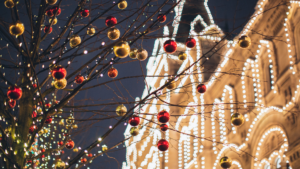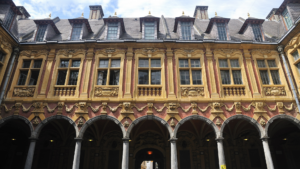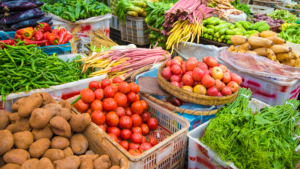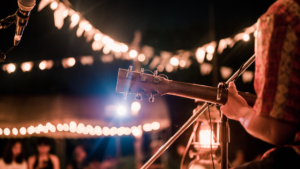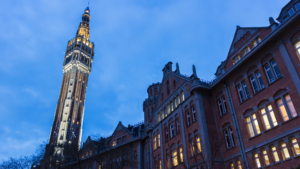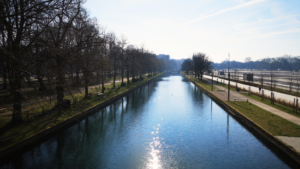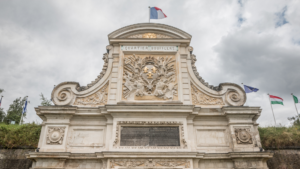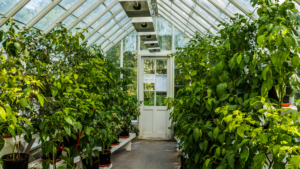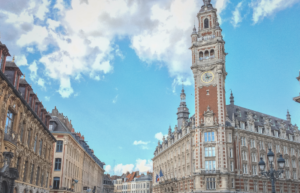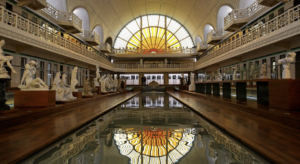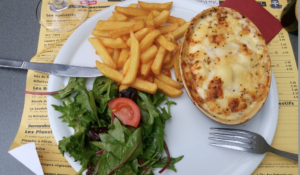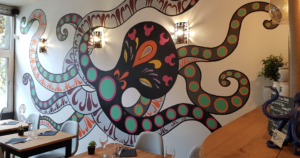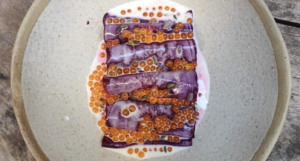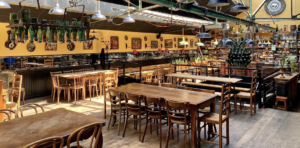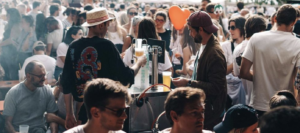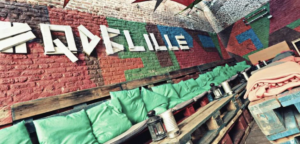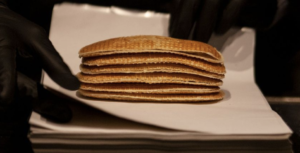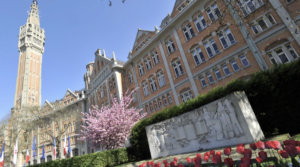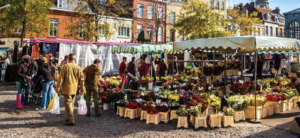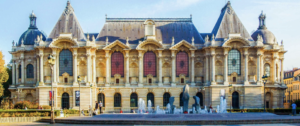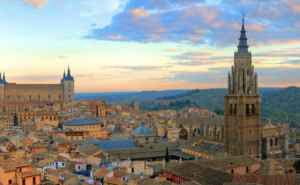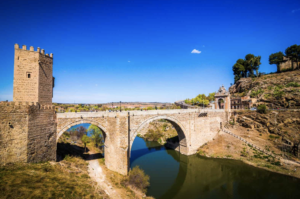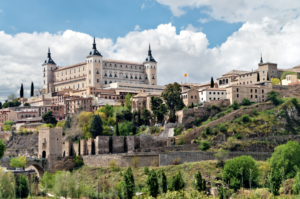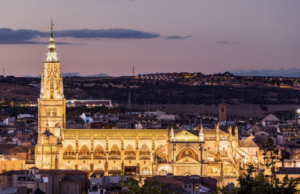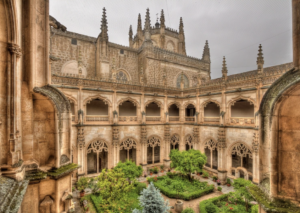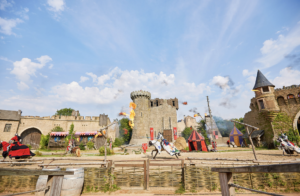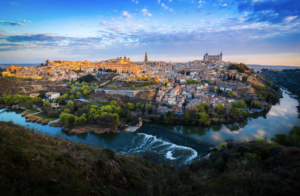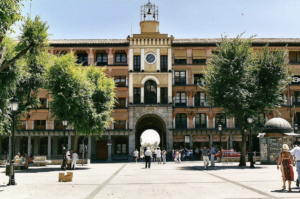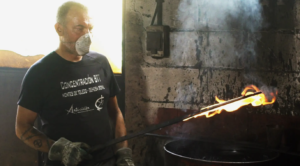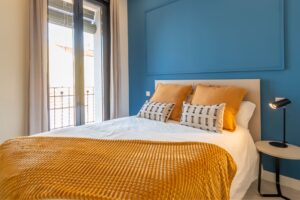Have you ever tried kombucha?
Kombucha is quickly becoming a sensation worldwide. Imagine a refreshing, fermented drink that not only tastes delicious but also offers unique health benefits. Crafted from a blend of tea, yeast, and sugar, Kombucha’s magic ingredient is the “SCOBY” – a symbiotic culture of bacteria and yeast. This bacteria turns kombucha into a drink that is, in fact, alive.
While the concept of a ‘living’ beverage might seem unusual, Kombucha’s fusion of deliciousness and wellness is something you need to experience. Trust us on this one; you’ve got to try it.
We are excited to not only jump into the fascinating world of Kombucha, but to also share the inspiring story of one of our Urban Campus colivers. Get ready to meet an inspiring entrepreneur who transformed his affinity for Kombucha into a booming business and one-of-a-kind brand.
Meet Raul de Frutos: Co-CEO and Co-founder at Viver Kombucha
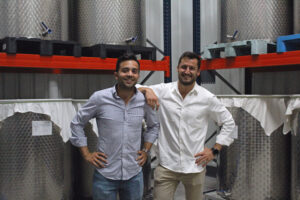
Raul de Frutos is a coliver in our UC Atocha, Madrid Coliving and is the Co-CEO and Co-founder of Viver Kombucha. It is nearly impossible to describe Raul in just a few words, but if we had to, it would go something like this: fervently passionate, curious, and downright inspiring. Raul co-founded and runs Viver Kombucha, the #1 fastest growing kombucha brand in Spain in 2023.
But how did Viver Kombucha come to be? Let’s rewind.
Originally from Cádiz, Spain, Raul moved to Madrid to study Industrial Engineering at the Univerisdad Politécnica de Madrid. It was there where he met Fernando, who would later become his future business partner. During their final year of university, they both decided to go to the United States to complete their degrees in Chicago. Having always been drawn to adventure, Raul loved the challenge of living in a foreign country and exploring the many cultural differences.
The most important thing Raul did in the US? Drink kombucha. He cited himself as a total kombucha addict during this time, and also witnessed the rapid growth in the drinks popularity. Raul stayed in Chicago for 5 years after graduation, working principally with startups and gaining tons of professional experience. But in the back of his mind, he always had the idea of popularizing Kombucha in Spain.
The start of Viver Kombucha
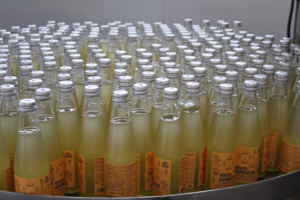
Following their five-year stint in Chicago, Raul and Fernando both moved back to Spain with the plan to launch their very own Kombucha venture. They used their savings from the US to establish a dedicated Kombucha factory in Granada. This endeavor involved months of meticulous effort, especially when it came to refining the art of Kombucha brewing on a large scale.
“We thought we knew how to make Kombucha, but once you start making it at scale it’s completely different. Kombucha is a really wild product and we had many things to learn. We actually went to California to learn from the Kombucha gurus there, and did a lot of consulting and revisions of our process.”
Mastering the kombucha-making process
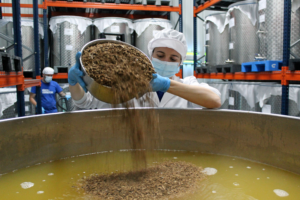
If you’re curious how Kombucha is brewed, here’s a quick overview of the process.
- Brew sweet tea as the base.
- Add sugar and a SCOBY (Symbiotic Culture Of Bacteria and Yeast) to the tea.
- The SCOBY eats the sugar, converting it into beneficial acids and probiotics.
- Let the mixture ferment for about 3-4 weeks.
- Add organic fruits for flavoring.
- Allow another week of fermentation to infuse the flavors.
- Bottle the kombucha.
- Kombucha is not pasteurized in order to preserve the beneficial bacteria. Therefore, it should be kept refrigerated after production to maintain its quality and health benefits.
Building from scratch
Initially, Raul and Fernando did everything themselves, including hand-labeling every Kombucha bottle. They started with just one single flavor, ginger and turmeric, and went door-to-door asking stores in Granada to stock their product.
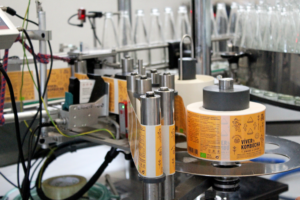
Despite initial skepticism from friends and family, their efforts paid off. They sold their first bottle in March 2020, and sales quickly increased. In the early days, Viver Kombucha was only available in herbalists and specialty health food stores. Present day, it’s sold in over 4,000 stores across Spain, including major retailers like El Cortes Ingles and Carrefour. The company has expanded to a team of 20 and is also beginning to enter other European markets. Above all, their commitment to selling healthy products remains stronger than ever.
“The market is full of drinks that are not healthy for people…I think it’s important that people have healthier options. Working on a product that is good for people really motivates us.”
Raul & Urban Campus

Raul’s entrepreneurial spirit is fully engaged in leading Viver Kombucha alongside Fernando, where he’s ambitiously expanding the brand to include a variety of fermented and healthful beverages. His vision is far-reaching, seeing kombucha as merely the first step in a larger journey.
Beyond the professional realm, Raul thrives on adventure and excitement. This is evident in his love for travel and socializing, coupled with a strong passion for fitness. He even completed an Ironman in Hawaii while residing in the US!
Passionate about meeting new people, Raul has always found great value in residing with roommates or in shared spaces. This preference led him to Urban Campus, attracted by the prospect of a vibrant, shared community. Since he works from home, Raul cherishes the ability to step out of his private space and spontaneously engage with fellow residents in common areas. Whether coworking together, hitting the gym or going to community pizza nights, the ease of connecting with other colivers in Urban Campus is priceless for him. Plus, the convenience and flexibility offered by Urban Campus is a great bonus for his busy lifestyle as a business owner.
Want to try Viver Kombucha for yourself?
- Check out all their different packs and flavors!
- Psst…UC members! Check out your UC Member perks for a special discount code.
